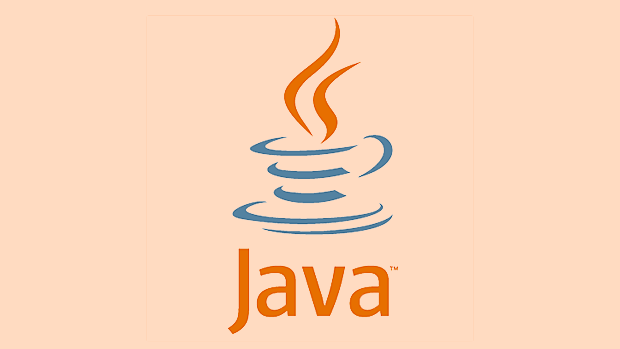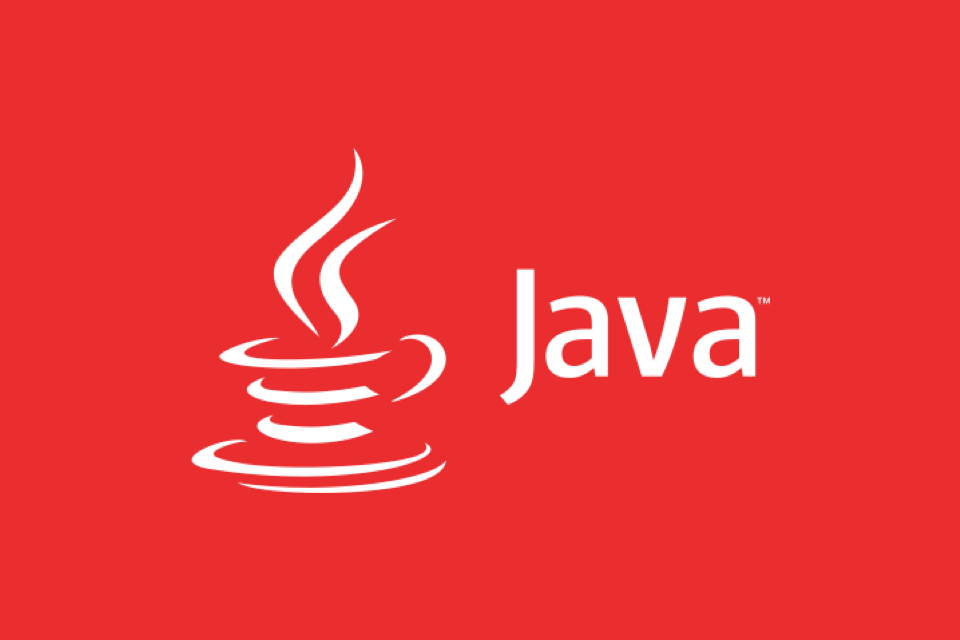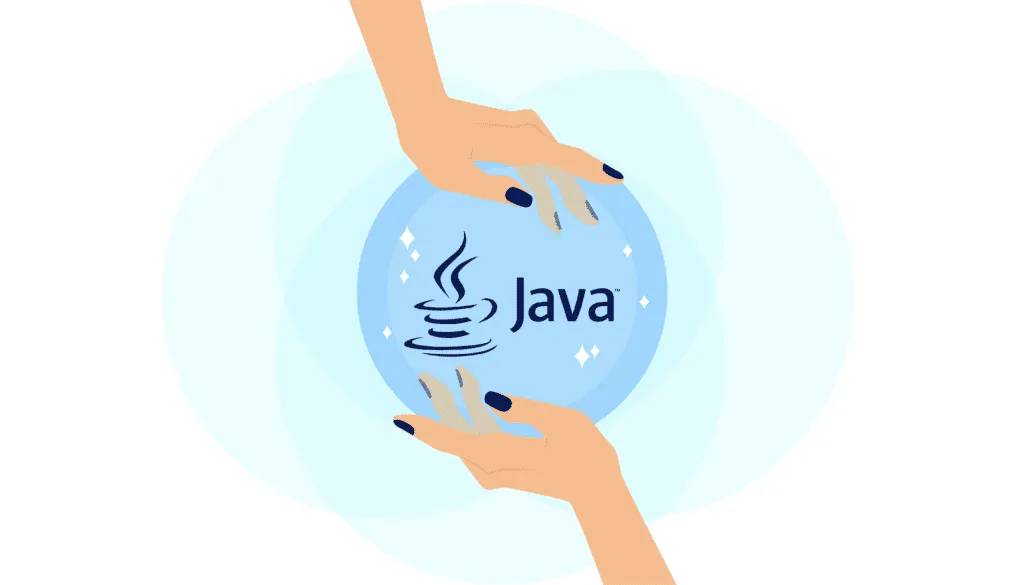When deploying Java applications to cloud platforms, you need to pay attention to the following key points: 1. Prepare WAR or JAR format packaging files to avoid including local configurations; 2. Choose a suitable cloud platform and deployment method, such as PaaS, IaaS or container services; 3. Use environment variables to manage external dependency configurations to avoid hard coding; 4. Pay attention to time zone settings and log monitoring to ensure stable operation of the application.

Deploying Java applications to cloud platforms is not complicated, but there are many details that need to be paid attention to. If you have written a Java application, the next step is to let it run on the cloud so that you can truly provide services to the outside world. Mainstream cloud platforms such as AWS, Google Cloud, Azure and domestic Alibaba Cloud all support the deployment of Java applications, but the operation methods are slightly different.

Below are some key points and suggestions that can help you avoid pitfalls.

Prepare your application package file
Most Java applications end up being packaged into WAR or JAR files. WAR is a traditional web application format, suitable for deployment in containers such as Tomcat and Jetty; JAR is more common in modern frameworks such as Spring Boot, and comes with an embedded server, making it more convenient to deploy.
- If you use Maven, execute
mvn packageto generate the target file - Gradle users can use
gradle build - Make sure that the packaged files do not have local configuration (such as database password), which should be injected through environment variables
Some cloud platforms have specific requirements for startup scripts or entry classes, so it is best to confirm it in advance.

Choose the right cloud platform and service type
The Java support methods provided by different cloud platforms are different. Common deployment methods include:
- PaaS platforms : such as Heroku, Google App Engine, and Alibaba Cloud's Serverless application engine. This type of platform simplifies the deployment process and is suitable for rapid online access.
- IaaS virtual machine : You can install JDK and Tomcat yourself, and have complete control over the running environment, suitable for projects with customized needs.
- Container Service : Docker image deployment is becoming more and more popular, and many cloud vendors support Kubernetes or simple container instance deployment
If you are a beginner, it is recommended to start with PaaS and try more complex solutions after getting familiar with it.
Pay attention to the configuration of environment variables and external dependencies
Java applications usually need to connect to external systems such as databases, message queues, and caches. This information should not be hardcoded in the code, but is managed through environment variables or configuration centers.
For example:
- Database address:
DB_URL=jdbc:mysql://db.example.com:3306/myapp - Log level:
LOG_LEVEL=DEBUG - Spring Activate profile:
SPRING_PROFILES_ACTIVE=prod
Most cloud platforms provide an interface to set environment variables. Remember to check whether these configurations are missing during deployment.
In addition, pay attention to the time zone setting. Some cloud servers are UTC time by default, and your business may require Asia/Shanghai.
Monitoring and logging cannot be ignored
Deployment does not mean that everything is good, but you also need to pay attention to the operation status of the application. Most cloud platforms have built-in log viewing and monitoring functions, you can:
- View the logs output by the application in real time
- Set up error log alarm
- View CPU, memory, request delay and other indicators
If you find that the application is restarted frequently or the response is slow, it may be caused by insufficient memory or frequent GC. At this time, you can appropriately increase the JVM parameters, such as -Xmx and -Xms .
Basically that's it. Deploying Java applications to cloud platforms seems to have many steps, but in fact, as long as you straighten out the packaging, configuration, and operating environment, there will be no big problem.
The above is the detailed content of Deploying Java Applications to Cloud Platforms. For more information, please follow other related articles on the PHP Chinese website!

Hot AI Tools

Undress AI Tool
Undress images for free

Undresser.AI Undress
AI-powered app for creating realistic nude photos

AI Clothes Remover
Online AI tool for removing clothes from photos.

Clothoff.io
AI clothes remover

Video Face Swap
Swap faces in any video effortlessly with our completely free AI face swap tool!

Hot Article

Hot Tools

Notepad++7.3.1
Easy-to-use and free code editor

SublimeText3 Chinese version
Chinese version, very easy to use

Zend Studio 13.0.1
Powerful PHP integrated development environment

Dreamweaver CS6
Visual web development tools

SublimeText3 Mac version
God-level code editing software (SublimeText3)

Hot Topics
 How to iterate over a Map in Java?
Jul 13, 2025 am 02:54 AM
How to iterate over a Map in Java?
Jul 13, 2025 am 02:54 AM
There are three common methods to traverse Map in Java: 1. Use entrySet to obtain keys and values at the same time, which is suitable for most scenarios; 2. Use keySet or values to traverse keys or values respectively; 3. Use Java8's forEach to simplify the code structure. entrySet returns a Set set containing all key-value pairs, and each loop gets the Map.Entry object, suitable for frequent access to keys and values; if only keys or values are required, you can call keySet() or values() respectively, or you can get the value through map.get(key) when traversing the keys; Java 8 can use forEach((key,value)->
 Comparable vs Comparator in Java
Jul 13, 2025 am 02:31 AM
Comparable vs Comparator in Java
Jul 13, 2025 am 02:31 AM
In Java, Comparable is used to define default sorting rules internally, and Comparator is used to define multiple sorting logic externally. 1.Comparable is an interface implemented by the class itself. It defines the natural order by rewriting the compareTo() method. It is suitable for classes with fixed and most commonly used sorting methods, such as String or Integer. 2. Comparator is an externally defined functional interface, implemented through the compare() method, suitable for situations where multiple sorting methods are required for the same class, the class source code cannot be modified, or the sorting logic is often changed. The difference between the two is that Comparable can only define a sorting logic and needs to modify the class itself, while Compar
 How to handle character encoding issues in Java?
Jul 13, 2025 am 02:46 AM
How to handle character encoding issues in Java?
Jul 13, 2025 am 02:46 AM
To deal with character encoding problems in Java, the key is to clearly specify the encoding used at each step. 1. Always specify encoding when reading and writing text, use InputStreamReader and OutputStreamWriter and pass in an explicit character set to avoid relying on system default encoding. 2. Make sure both ends are consistent when processing strings on the network boundary, set the correct Content-Type header and explicitly specify the encoding with the library. 3. Use String.getBytes() and newString(byte[]) with caution, and always manually specify StandardCharsets.UTF_8 to avoid data corruption caused by platform differences. In short, by
 JavaScript Data Types: Primitive vs Reference
Jul 13, 2025 am 02:43 AM
JavaScript Data Types: Primitive vs Reference
Jul 13, 2025 am 02:43 AM
JavaScript data types are divided into primitive types and reference types. Primitive types include string, number, boolean, null, undefined, and symbol. The values are immutable and copies are copied when assigning values, so they do not affect each other; reference types such as objects, arrays and functions store memory addresses, and variables pointing to the same object will affect each other. Typeof and instanceof can be used to determine types, but pay attention to the historical issues of typeofnull. Understanding these two types of differences can help write more stable and reliable code.
 What is the 'static' keyword in Java?
Jul 13, 2025 am 02:51 AM
What is the 'static' keyword in Java?
Jul 13, 2025 am 02:51 AM
InJava,thestatickeywordmeansamemberbelongstotheclassitself,nottoinstances.Staticvariablesaresharedacrossallinstancesandaccessedwithoutobjectcreation,usefulforglobaltrackingorconstants.Staticmethodsoperateattheclasslevel,cannotaccessnon-staticmembers,
 Using std::chrono in C
Jul 15, 2025 am 01:30 AM
Using std::chrono in C
Jul 15, 2025 am 01:30 AM
std::chrono is used in C to process time, including obtaining the current time, measuring execution time, operation time point and duration, and formatting analysis time. 1. Use std::chrono::system_clock::now() to obtain the current time, which can be converted into a readable string, but the system clock may not be monotonous; 2. Use std::chrono::steady_clock to measure the execution time to ensure monotony, and convert it into milliseconds, seconds and other units through duration_cast; 3. Time point (time_point) and duration (duration) can be interoperable, but attention should be paid to unit compatibility and clock epoch (epoch)
 How does a HashMap work internally in Java?
Jul 15, 2025 am 03:10 AM
How does a HashMap work internally in Java?
Jul 15, 2025 am 03:10 AM
HashMap implements key-value pair storage through hash tables in Java, and its core lies in quickly positioning data locations. 1. First use the hashCode() method of the key to generate a hash value and convert it into an array index through bit operations; 2. Different objects may generate the same hash value, resulting in conflicts. At this time, the node is mounted in the form of a linked list. After JDK8, the linked list is too long (default length 8) and it will be converted to a red and black tree to improve efficiency; 3. When using a custom class as a key, the equals() and hashCode() methods must be rewritten; 4. HashMap dynamically expands capacity. When the number of elements exceeds the capacity and multiplies by the load factor (default 0.75), expand and rehash; 5. HashMap is not thread-safe, and Concu should be used in multithreaded
 What is a ReentrantLock in Java?
Jul 13, 2025 am 02:14 AM
What is a ReentrantLock in Java?
Jul 13, 2025 am 02:14 AM
ReentrantLock provides more flexible thread control in Java than synchronized. 1. It supports non-blocking acquisition locks (tryLock()), lock acquisition with timeout (tryLock(longtimeout, TimeUnitunit)) and interruptible wait locks; 2. Allows fair locks to avoid thread hunger; 3. Supports multiple condition variables to achieve a more refined wait/notification mechanism; 4. Need to manually release the lock, unlock() must be called in finally blocks to avoid resource leakage; 5. It is suitable for scenarios that require advanced synchronization control, such as custom synchronization tools or complex concurrent structures, but synchro is still recommended for simple mutual exclusion requirements.






